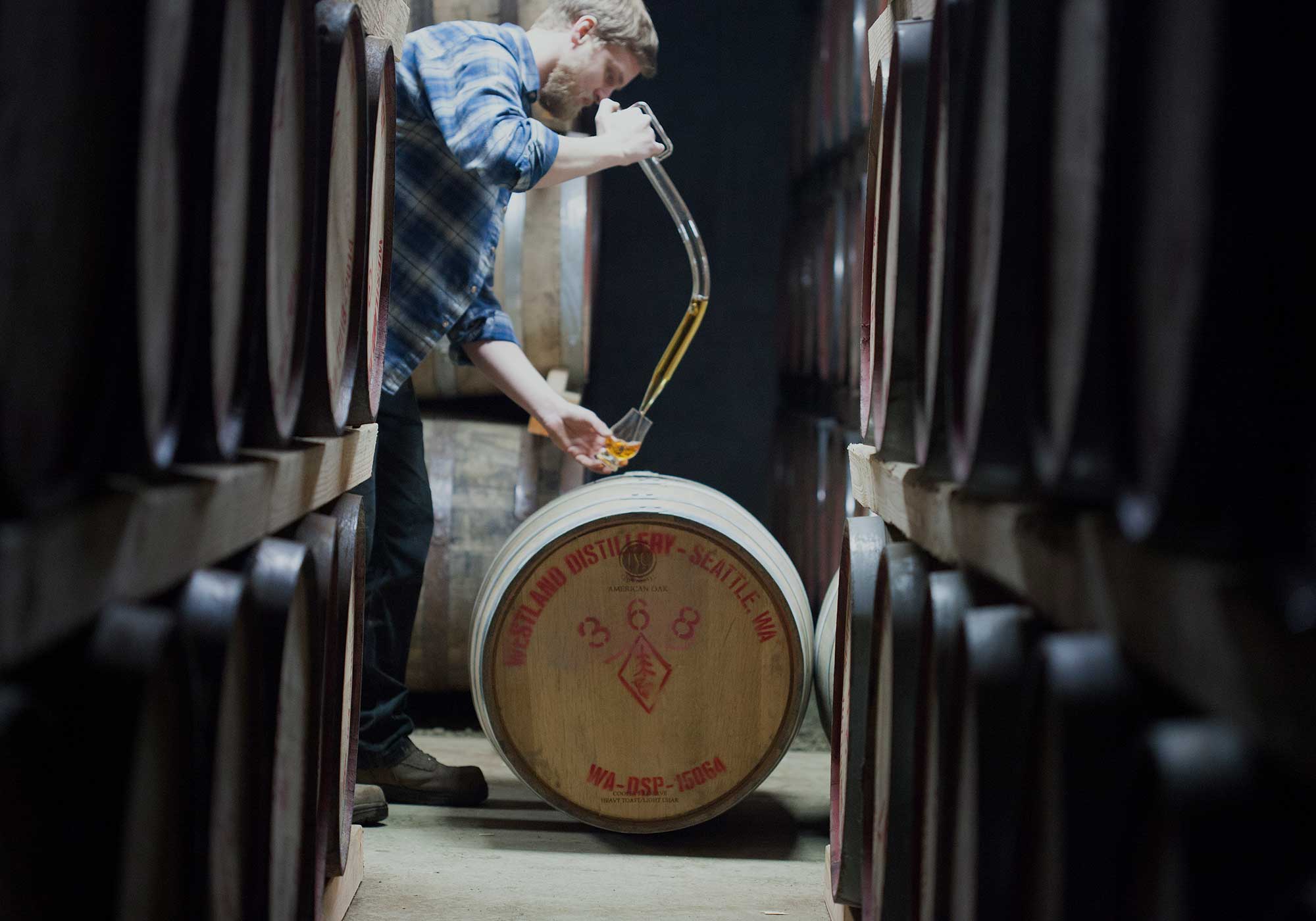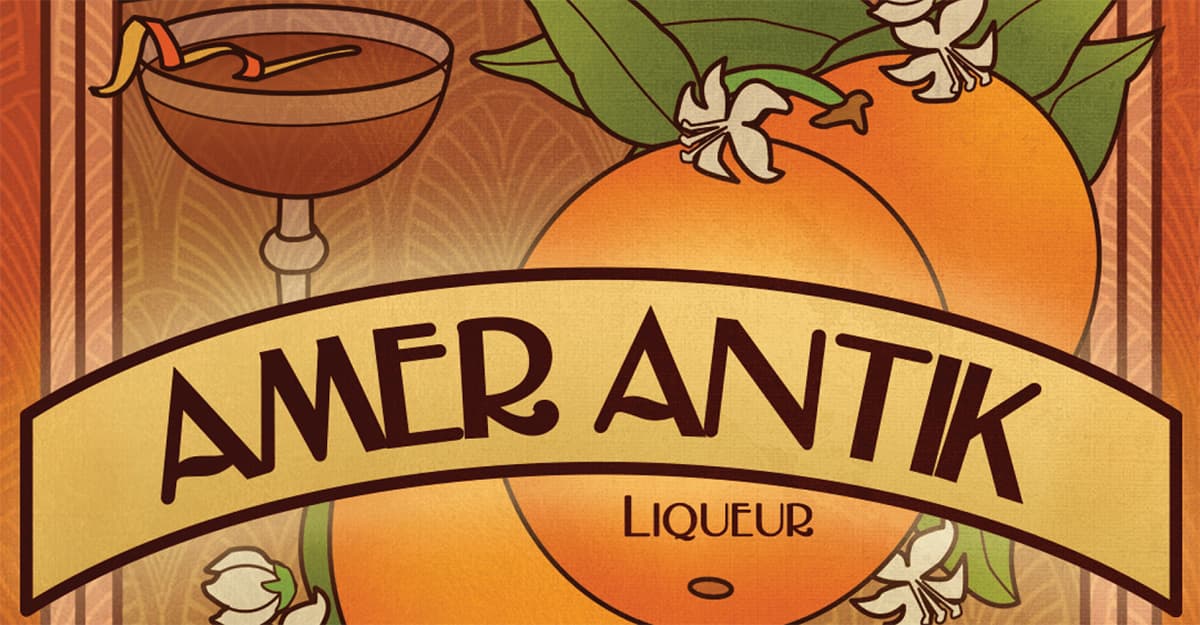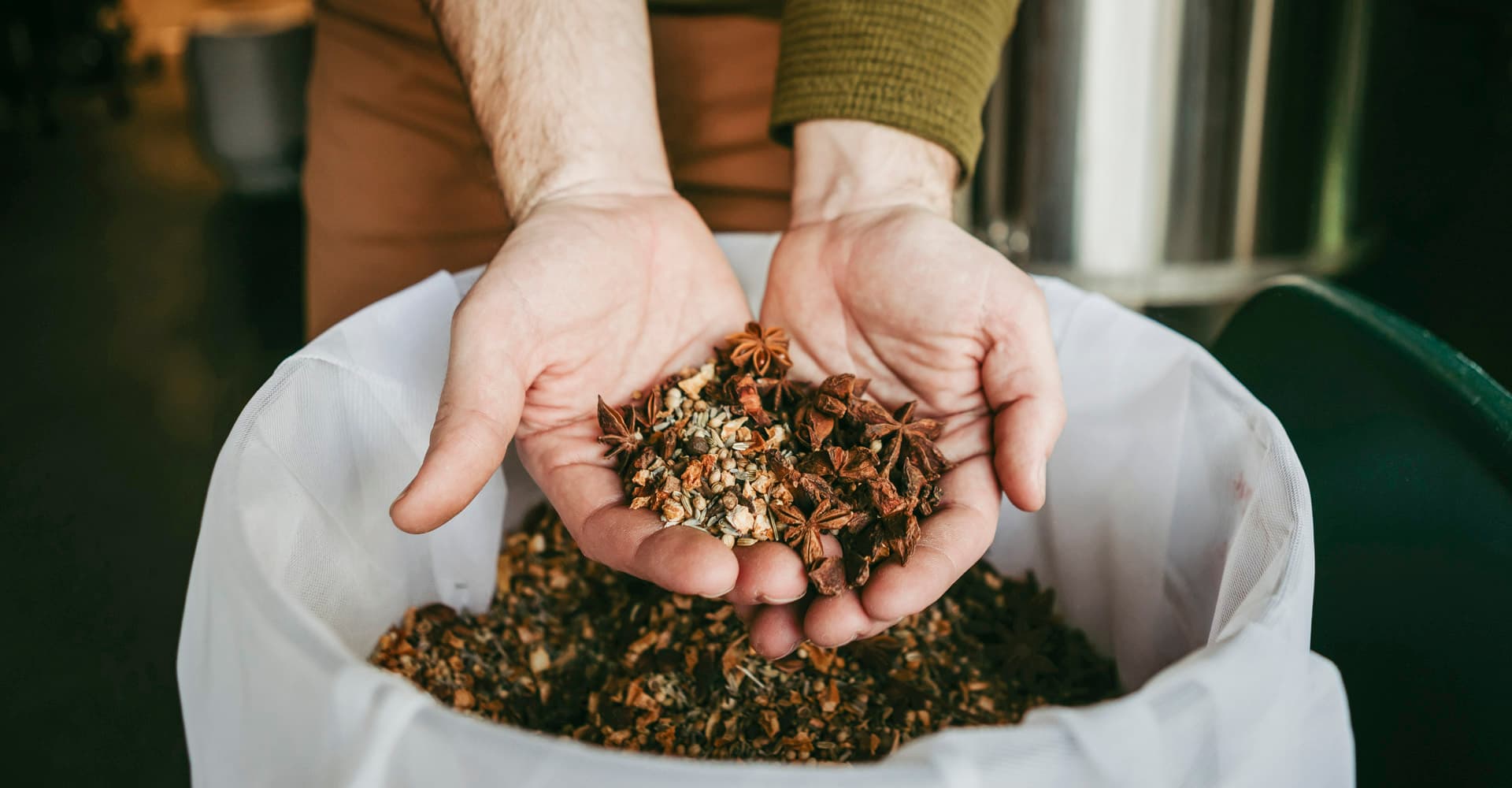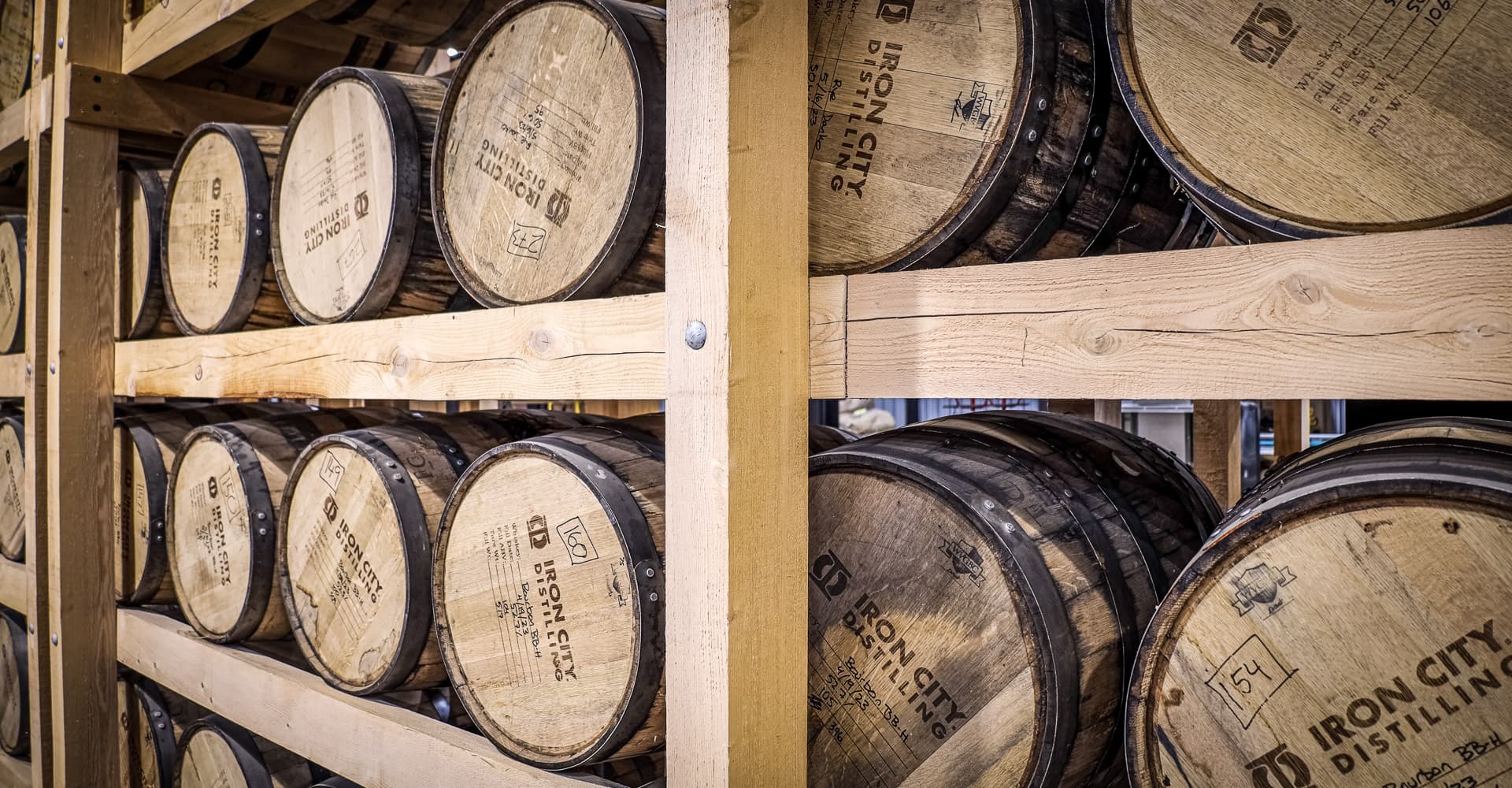
At Long Last, American Single-Malt Gets Its Place in the Books
The TTB has announced the new style designation for American single-malt whiskey—an achievement years in the making, and one that distillers expect to open new doors.
8 articles in this category

The TTB has announced the new style designation for American single-malt whiskey—an achievement years in the making, and one that distillers expect to open new doors.

Other industries have shown that they can make an impact by meeting in-person with policymakers in Washington, and craft distillers can do the same. The American Craft Spirits Association is looking for numbers to help push for updated laws and regulations.

How producers design their barrel storage has a major impact on how whiskey ages—and, whether dunnage or rickhouse, one method’s drawback can be another’s strength.

The Golden Moon Distillery in Golden, Colorado, recently closed its doors after 16 years of producing creative, award-winning craft spirits—such as its Amer Antik, closely based on a mid-19th century recipe. Here, Stephen Gould explains what went into the old-fashioned bitters, and he shares advice for up-and-coming distillers.

With its long-established tradition and unique flavors, aquavit is finding favor among North American drinkers and bartenders—and among craft distillers, who appreciate its familiar process and opportunities for distinctive character.

With almost 100 species of oak just in the United States, distillers are looking at varieties beyond the traditional American white oak to explore their impact on spirits.

In the second of a two-part series, we move beyond liqueur production to its context, looking for where these drinks might fit best (and more often) into North American drinking culture.

Many American whiskey producers are convinced the variation in the oak they use is noticeable and important to their spirit’s character. Here’s a look at the facts.